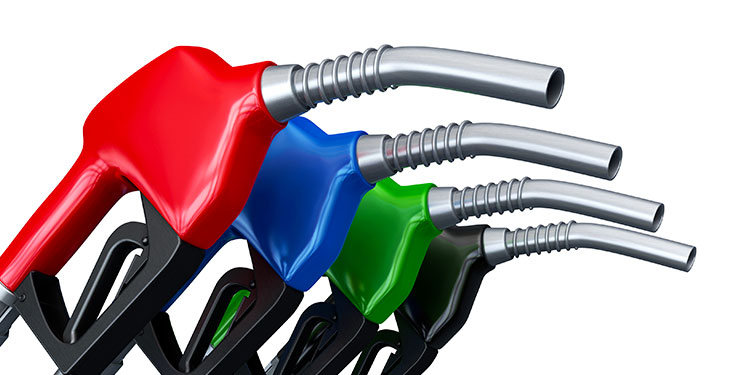Fuel pump prices rose again on Wednesday, in Romania being, however, at values below the Hungarian market, and therefore many Hungarians crossed the border to purchase gasoline and diesel from neighboring countries, such as Slovakia or Romania.
“In Hungary it is normal for the price to be higher, because the ceiling imposed by the Government was eliminated, … but the deficit still persists and it will take quite a long time until the quantities offered (on the oil market – n.r.) are rebalanced with those demanded,” told Energynomics, the president of the Intelligent Energy Association (AEI), Dumitru Chisăliță.
“In addition, soon some of the Russian crude oil will no longer reach Hungary, and then it must be supplied from other, more expensive sources. For Romania, however, the situation was very predictable,” he also said – explaining that the lifting of the fuel subsidy of 50 bani (0.5 RON) took place prematurely, given the market conditions and the progressive restrictions imposed on Russia.
“Brent crude oil, in the first 20 days of January, increased by 10%. The average price at the pump, both for gasoline and diesel, in Romania, increased by 3%, in the same interval. So, price increases will come from now on,” he explained.
In the market there is a delay between the purchase of oil and the transmission of the price in the market, at the pump, of about two to three weeks. “Today’s oil prices will be reflected in the market in two to three weeks,” the analyst said.
“Unfortunately, most analysts are talking about a Brent with an increase of another 10% from now until the end of the year.”

